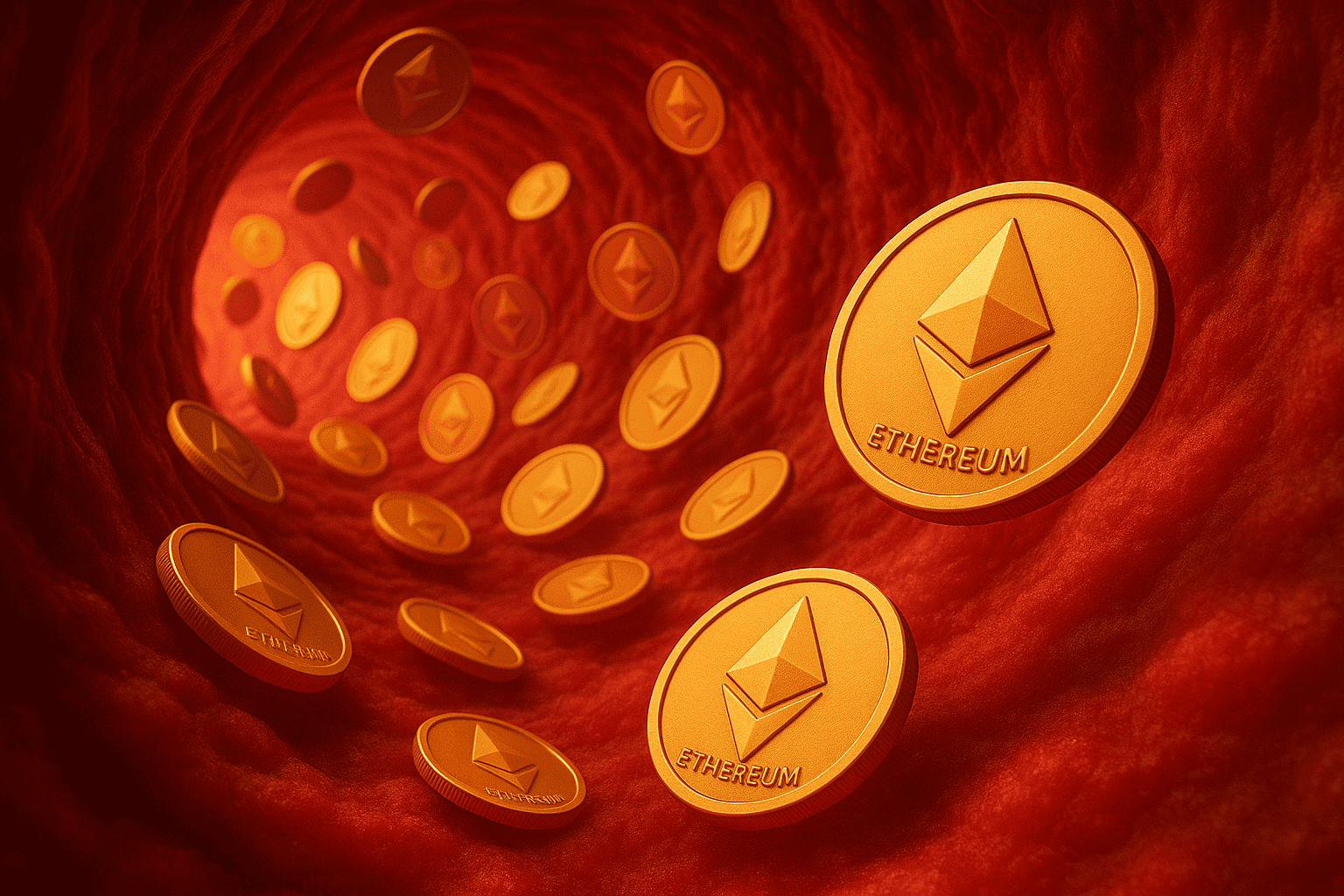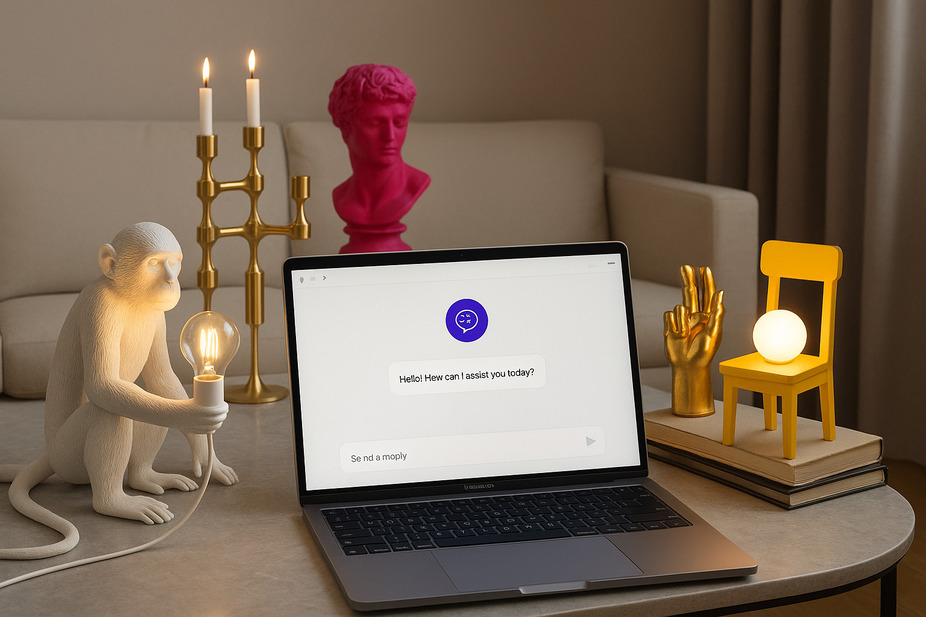Ethereum tinkers while it’s utility burns

Once again, we are treated to another bulletin from the cryptocurrency world, where engineers endlessly tinker with the internal mechanics of a system that has yet to prove its fundamental worth. The latest proposal emerging from the depths of the Ethereum developer community, is to cut the network’s “block time” in half, from a glacial 12 seconds to a merely sluggish six. This, we are told, will be a cornerstone of the fantastically named “Glamsterdam” update promising a future of “smoother user experiences.”
One must ask: smoother experiences doing what, exactly? This proposal is a classic example of the crypto-world’s misplaced priorities, focusing on marginal technical improvements while ignoring the glaring, existential questions about the technology’s purpose. The core problem with the Ethereum network isn’t that a transaction confirmation takes 12 seconds instead of six. The core problem is that the vast majority of transactions on the network are economically meaningless.
Let’s cut through the jargon. The Ethereum network is, in essence, a platform. But what is built on this platform? Primarily, a sprawling unregulated digital casino for trading thousands of so-called ERC-20 tokens. People often ask what is an ERC-20 token? In most cases, it is a speculative asset with no intrinsic value, no cash flow and no real-world utility created out of thin air. The Ethereum network ERC-20 is the infrastructure that allows for the frantic trading of these digital coupons. So when a developer proposes making the network faster, what they are really proposing is to make the casino’s roulette wheel spin twice as quickly. This doesn’t create economic value; it merely accelerates the rate of speculation.
The proposal’s proponents claim this will improve decentralized finance (DeFi) by allowing for faster price updates and reducing arbitrage opportunities. This is presented as a benefit but it’s really an admission of the system’s core function. It’s about making a more efficient market for shuffling speculative tokens back and forth. Trading fees might come down but for whom? For the small group of participants engaged in this high-speed digital gambling. For the average person this is entirely irrelevant.
The endless debate of ethereum vs bitcoin often centers on such technical minutiae. What is the difference between bitcoin and Ethereum? Bitcoin is a slow, energy-guzzling asset with no function other than being a supposed store of value. Ethereum was meant to be different, a “world computer” enabling smart contracts and a new generation of applications. Yet here we are, more than a decade into the crypto experiment and the primary “innovation” is still trying to speed up a network so people can trade their ERC-20 tokens a few seconds faster.
Furthermore, this desperate quest for speed comes with significant costs. The proposal itself acknowledges the tradeoffs: the change could destabilize the network by putting immense pressure on the “validators” who maintain it. Slower, less well-capitalized participants could be forced out, leading to greater centralization directly contradicting the entire stated ethos of blockchain technology. They are willing to sacrifice the system’s supposed core principles of decentralization and security for a marginal improvement in the user experience of a niche, speculative activity.
This isn’t innovation. It is a frantic effort to make an inherently inefficient, cumbersome and solution-in-search-of-a-problem technology seem slightly less impractical. Instead of asking how to shave six seconds off a block time, the Ethereum community should be asking a much harder question: what is this all for? Until they have a convincing answer, these technical tweaks are nothing more than rearranging the deck chairs on a very strange, very slow and very pointless ship.












